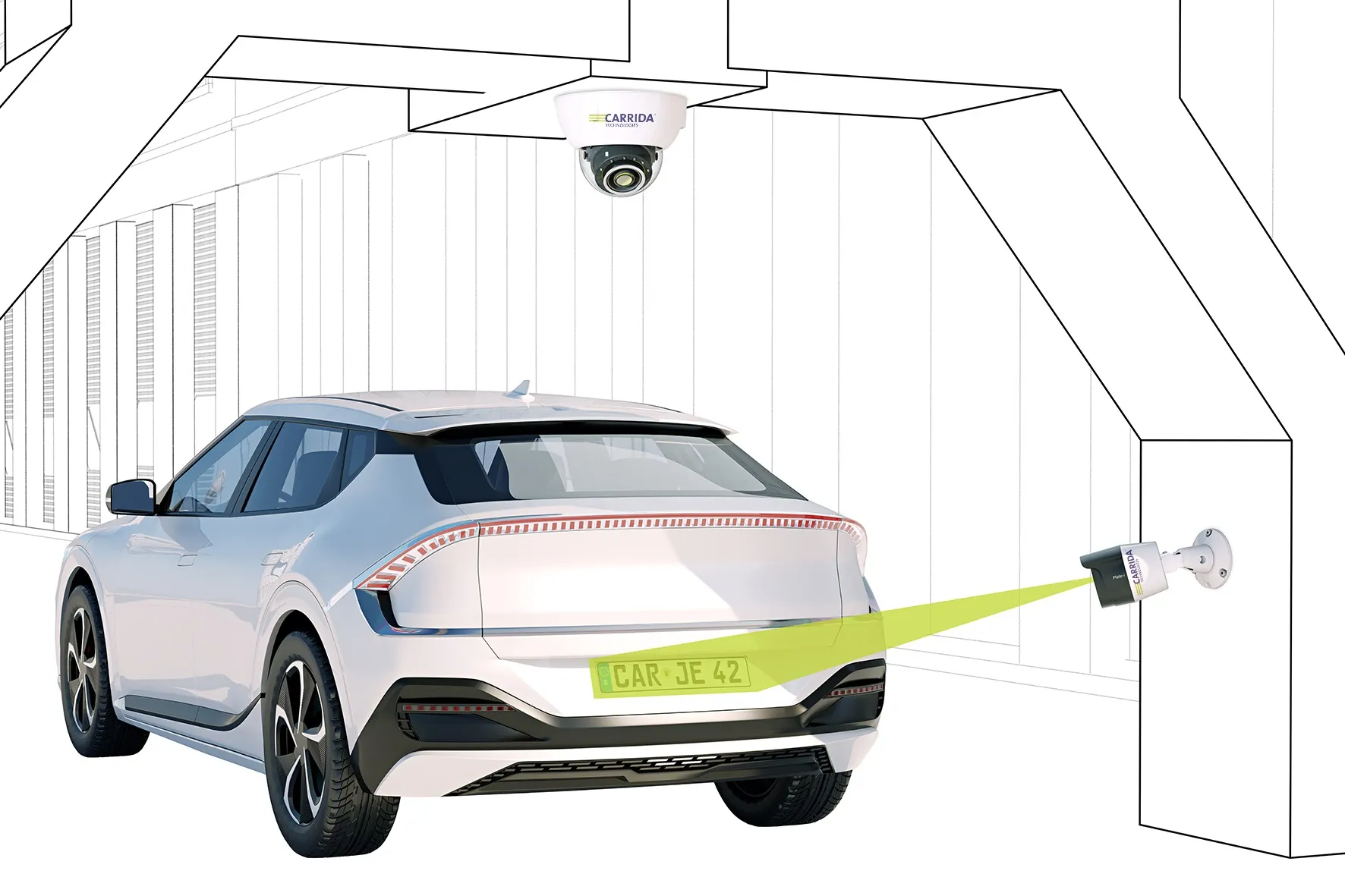
For the first time at an ITS World Congress in Australia,
Visitors to the Swarco stand will have an opportunity of seeing a major innovation in optic technology for variable message signs. Patented by Swarco Futurit, the company’s 3G7-Optic technology, which will be on show, means that for the first time it is possible for an optical lens to achieve the requirements of the highest luminance class (L3), the best contrast class (R3), and the most challenging beam width class (B7 - 60-degree full angle) with the LEDs operating at less than 20% of their maximum rated power.
This opens up new standards for the readability of VMS, especially when used in urban areas, at customs and toll facilities, parking guidance systems, and a range of other areas. Using a pixel pitch of 16 mm for such applications increases legibility at short distances and operating current is reduced to 13% of the maximum rated value. Many millions of lenses of this special optic have been installed in Swarco VMS in European, American, and Arabian markets and the company is increasing its focus on the Asia-Pacific market: they have already been introduced in New Zealand and they are about to be homologated in Australia.
Under the motto “Austria meets Australia to jointly take traffic management to a new direction” Swarco will feature its Australian partner, Braums, on its stand. The company says Sydney-based Braums provides excellence in delivering, supporting and integrating Swarco’s world leading ITS products and solutions to the Asian Pacific ITS market.









